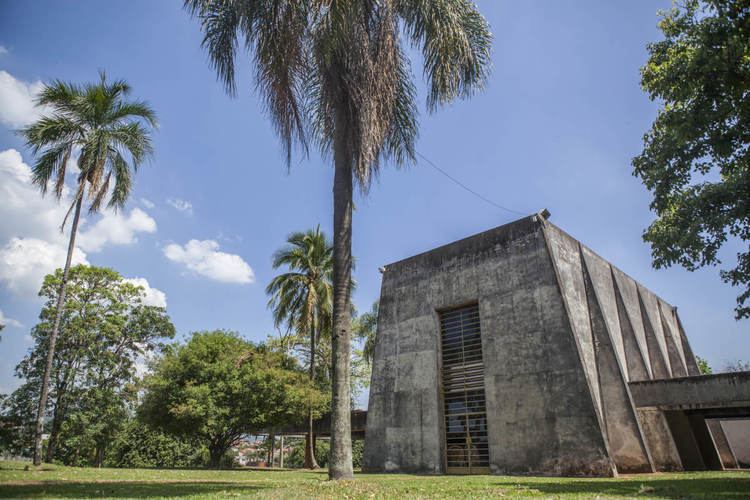Name Flavio Carvalho Role Architect | Education Durham University | |
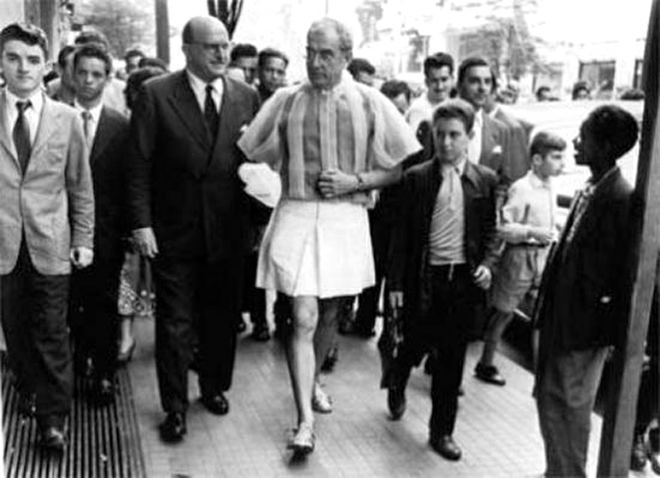 | ||
Died 1973, Valinhos, Sao Paulo, Brazil | ||
Nominations Nobel Prize in Literature | ||
Inti guerrero flavio de carvalho and his city for the naked man
Flávio de Rezende Carvalho (1899–1973) was a Brazilian architect and artist.
Contents
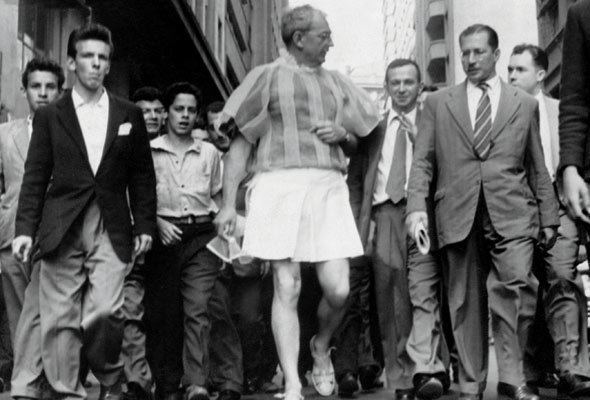
Carvalho was educated in France from 1911 to 1914, and then in Newcastle-upon-Tyne until 1922, attending the King Edward the Seventh School of Fine Arts and Durham University's Armstrong College. In Newcastle he obtained degrees in both civil engineering and fine art. Carvalho returned to São Paulo in 1922, joining a local construction firm, before designing his own buildings and creating numerous artworks. In all his diverse practice he was largely influenced by the writings of Sigmund Freud and of the social anthropologist James Frazer. Le Corbusier defined him as a "Romantic Revolutionary".
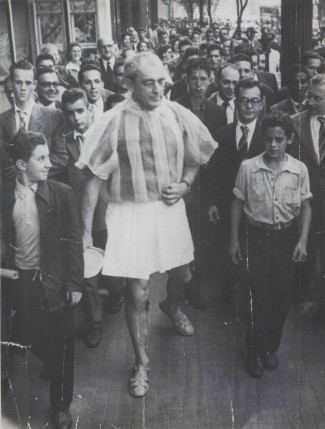
As an artist Carvalho represented Brazil at the 1950 Venice Biennial. Amongst his most noted works in the medium is the series Tragic Series which depicted the death of his mother. Carvalho was also an influential writer, penning the play Dance of the Dead God for the Experimental Theater in 1933.
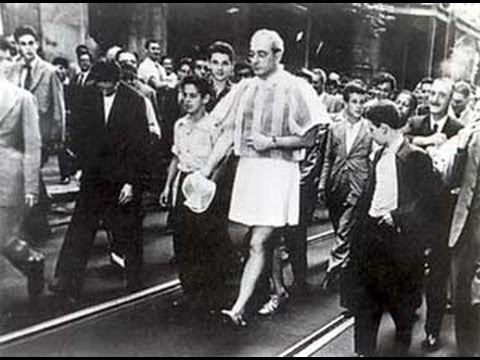
Carvalho was noted for his experimental designs, such as a scheme for the Governor's Palace in São Paulo in 1927 (unbuilt), the Main House at Capuava Ranch and a residential complex at Alameda Lorena. Cavalcanti writes that "His freedom and lack of commitment to rigid dogmas led him to create a personal language that mixed styles, references and construction techniques." This openness has also made that Carvalho has been hailed as pivotal figure in activating discussions about the relationship and overlaps between art and architecture.
Carvalho frequently courted controversy in his time, walking in the opposite direction to a Corpus Christi parade in São Paulo, creating various "performances" before the term was coined. He could regularly be seen female clothing, ostensibly as part of a performance art piece also being an important influence on Helio Oiticica and a precursor to Neo-Concretists such as Lygia Clark and Lygia Pape He could regularly be seen female clothing, ostensibly as part of a performance art piece.
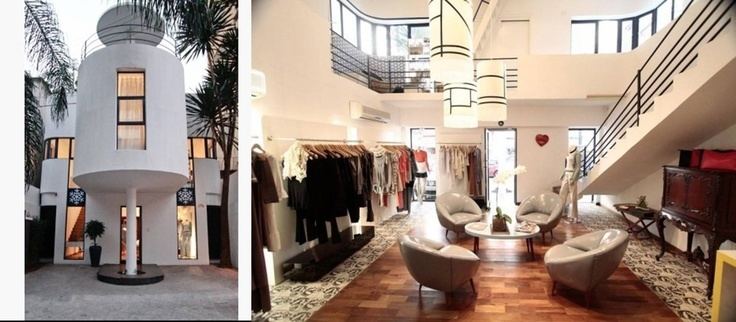
Carvalho was nominated for the Nobel prize in literature in 1939 by Paul V Shaw, professor of history at the University of São Paulo.
